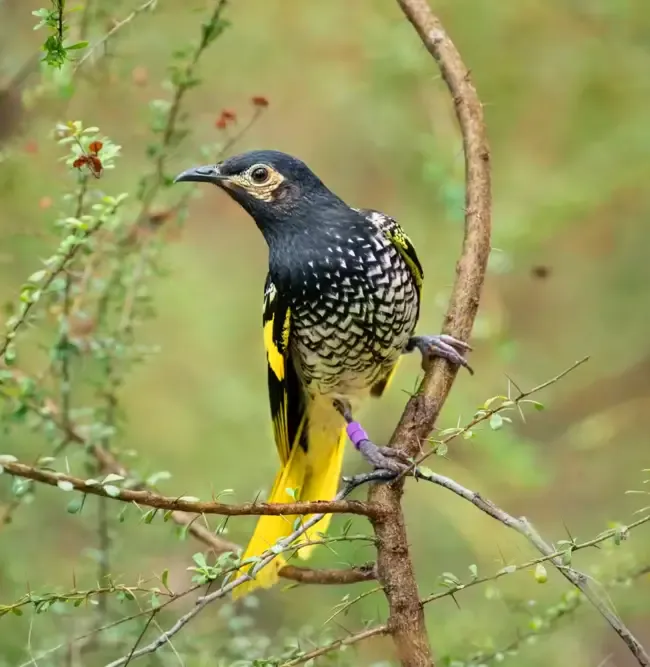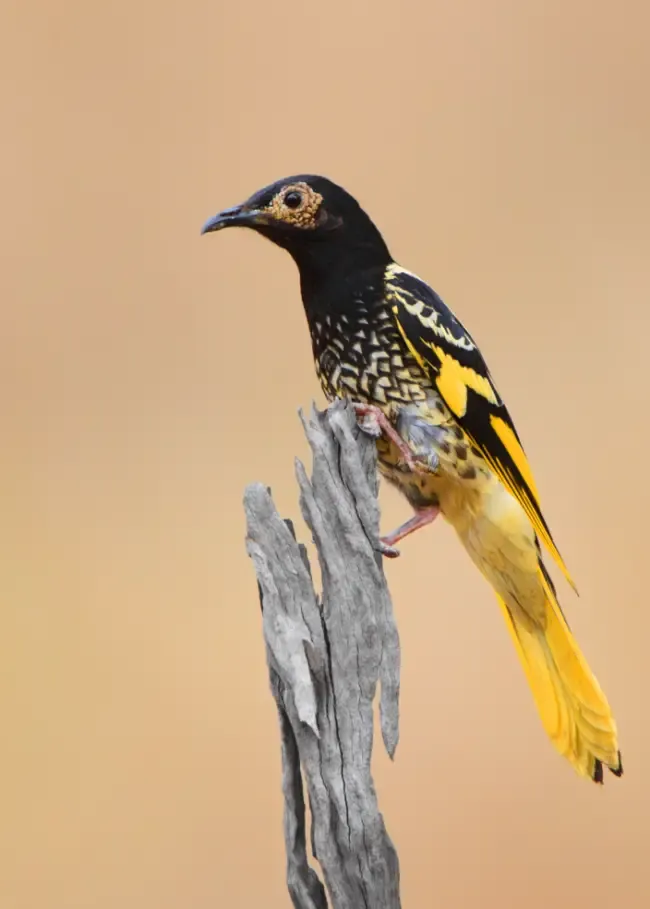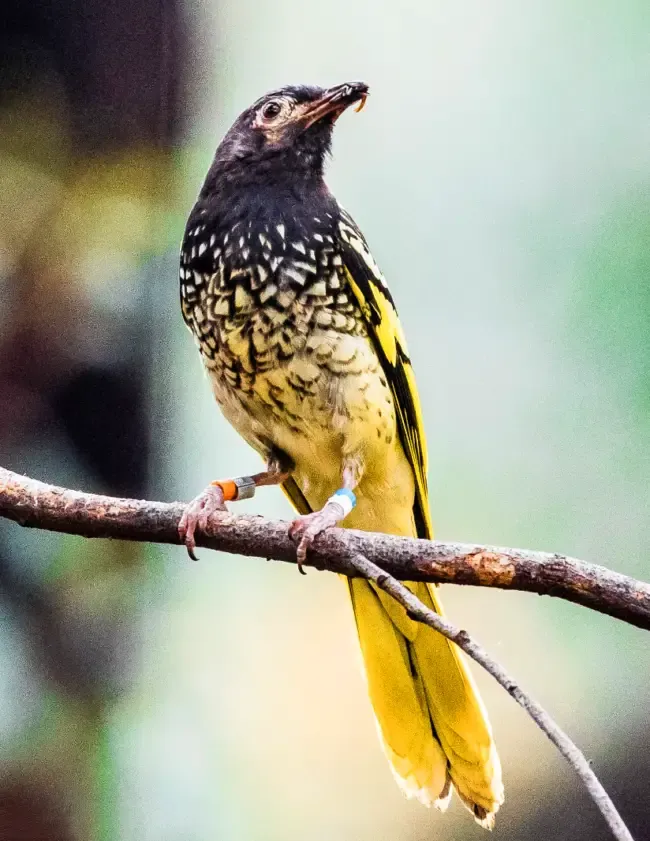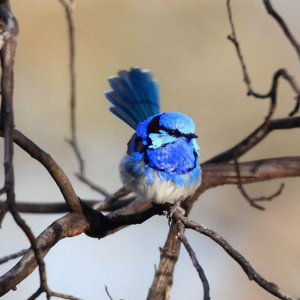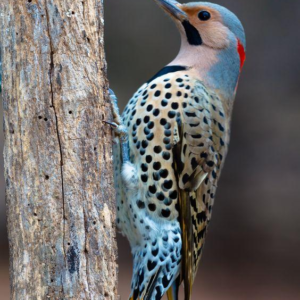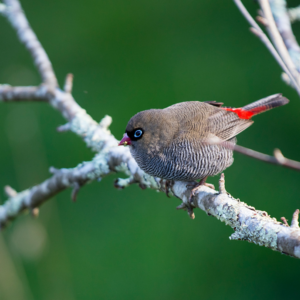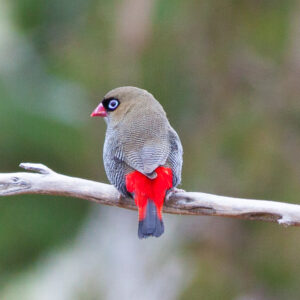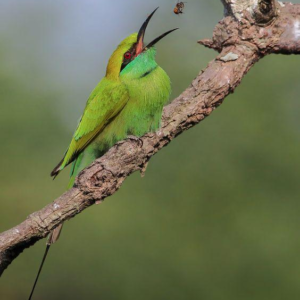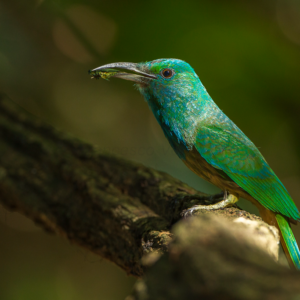Recognized for its captivating appearance and distinctive behaviours, the regent honeycreeper (Anthochaera phrygia) has attracted the attention of bird enthusiasts and conservationists across Australia. Affectionately known as the “jewel of the forest”, this splendid bird stands out for its vibrant plumage, which features a striking combination of black, yellow and white feathers. Possessing a large, curved beak and an agile physique, the Regent Honeycreeper deftly feeds on the nectar of various blooming flowers. With the increase in the population of this species, it is increasingly important to ensure its preservation.
The Regent Honeyeater, a bird native to the forests and woodlands of southeastern Australia, depends on the abundant nectar supply of eucalyptus trees for its sustenance and nesting needs. However, this specific habitat has been greatly affected by extensive land clearing, habitat fragmentation and deliberate removal of eucalyptus trees, which consequently affected the Regent Honeyeater population.
Regent Honeyeater’s critical flow population is a major case for police. Experts estimate that there are currently fewer than 400 individuals left in the wild, placing the species at high risk of extinction. This alarming situation can be mainly attributed to the lack of suitable habitat, which makes it increasingly difficult for birds to find enough food and suitable areas to breed.
To safeguard the future of the Regent Honeyeater, both government agencies and conservation organizations have taken decisive action. They have implemented several initiatives aimed at restoring the species’ habitat, breeding individuals in captivity and releasing them into the wild, as well as creating public awareness campaigns to educate people about the importance of preserving this distinctive bird species. These concerted efforts seek to emphasize the value of conserving the Regent Honeycreeper and ensuring its long-term survival.
Ensuring the survival of the regent honeycreeper depends mainly on the restoration of its habitat. To allow these feathered creatures to migrate freely and select suitable nesting sites, extensive efforts are being made to rehabilitate deteriorated areas and establish paths through fragmented habitats. The key to the existence of the ‘fish’ species lies in the careful cultivation of natural vegetation, with special emphasis on the planting of eucalyptus and other nectar-rich flowers.
Captive breeding programs for the Regent Honeyeater have led to an increase in its population. These programs involve breeding birds in captivity and then releasing them into their natural habitats to improve genetic diversity and reproduction rates. Conservationists diligently monitor released individuals and provide ongoing assistance to ensure the establishment of self-sustaining populations.
Raising public awareness and encouraging community involvement are essential components of Regent Honeyeater’s conservation efforts. By spreading knowledge about the status of the bird and the importance of preserving its habitat, public support and participation can be increased. Community involvement can take many forms, such as volunteer opportunities and citizen science initiatives, allowing people to actively contribute to the protection of this magnificent species.
